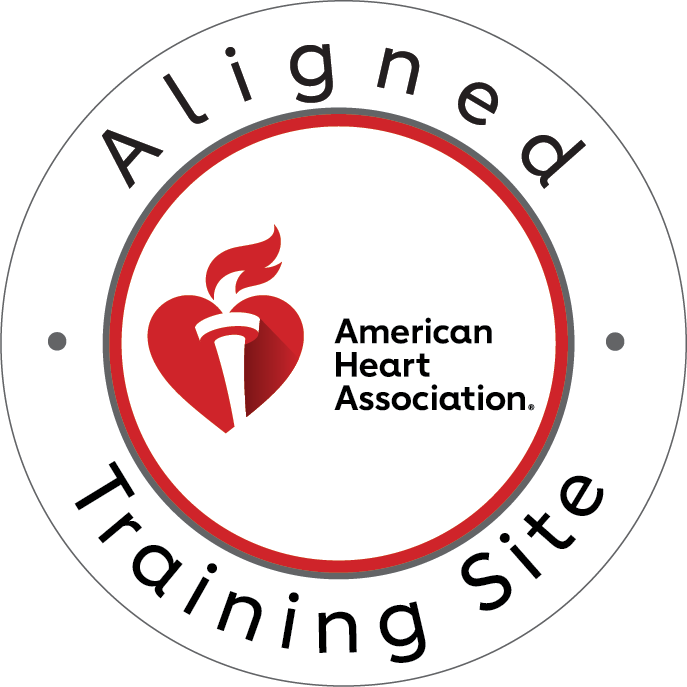Skin is the largest organ of the human body. The functions of the skin are incredibly important and significant for the normal life of a person. Skin, covering almost the entire body, provides multiple layers of protection from germs, infections, bacteria, overheating, and many other triggers from the environment that might harm the homeostasis of a person. The epidermis and dermis are two layers of skin that control the constant regeneration of the skin cells, which is necessary for healthy skin functioning. Also, the skin provides the sensation of touch, heat, and cold, and regulates body temperature. Unfortunately, skin, like any other organ cannot be completely protected from the environment. That causes a great amount of diseases, some of them are easily treated and not very serious, but still some can be even fatal.
One of the rare skin diseases is considered to be Harlequin Ichthyosis (HI), also known as Harlequin Baby Syndrome or Ichthyosis Fetalis, because children who have the disease are most of the time born prematurely. Harlequin Ichthyosis is a very rare genetic disease. Mutation of the ABC 12 gene, which is responsible for normal skin growth, leads to HI. Children born with Harlequin Ichthyosis are covered with a thick layer of skin, deeply cracked that forms diamond-shaped plates. Because of the abnormal skin growth face of a child could be completely deformed, including eyelids, ears, nose, and mouth. Skin around the mouth gets so thick that pulls the lips up and down, forming a “clown smile”. This association gives the name of the disease – “Harlequin” – clown; the word “Ichthyosis” means fish in Greek that associated with the skin of a child as a scale of fish. Abnormal skin structure restricts movement of the arm, legs, and even chest which can cause respiratory problems and breathing difficulties.
Harlequin Ichthyosis is not a contagious disease; it is genetically inherited with an autosomal recessive gene ABC 12. It means that both parents must be the carriers of the gene and pass it on to a child. If a child doesn’t get the disease he or she still is going to be a carrier because for the HI to appear a child must have two copies of the gene inherited from his parents.
The first official case of Harlequin Ichthyosis was registered in 1983, after conducted biopsy of the fetal skin. Today due to contemporary technologies these kinds of tests can be provided with the electron microscope in the early stage of the second trimester of pregnancy. There are approximately 100 cases of Harlequin Ichthyosis registered after 1983. A child born with Harlequin Ichthyosis requires immediate skin and eye treatment to protect them from further environmental damage. Eyes must be covered with special saline tissue or artificial tears to prevent them from over-drying. Skin as well, must be covered with saline dressings to prevent diamond-shaped cracks from becoming deeper. Further treatment of a newborn includes constant application of petroleum jelly to help maintain skin in a normal moist state and prevent dehydration, life-threatening infections, and thickening of the skin that might cause respiration problems because of chest constriction.
The life expectancy of a newborn with Harlequin ichthyosis is very low. Most of the infants don’t survive the first two weeks. However, with contemporary technology, specialists manage to improve the system of taking care of infants diagnosed with HI. There are unique cases when children live till the age of 8 years.
Genetic disorders are considered to be one of the most dangerous. It is extremely hard to foresee possible mutations of the gene. Harlequin Ichthyosis is a very rare and serious condition of newborns, that causes extreme physical pain for a child born with the disease, and emotional pain for parents who know, that the chance of survival are extremely low, when the chances of having the next child with the same condition are extremely high, because of the parent’s genotype. In these cases, the parents of the child are supposed to be given all the possible support and even more important, information about the disease. Today Harlequin Ichthyosis cannot be treated.
Hopefully, in the future with the experience of past generations, specialists will be able to find a method to prevent and cure this life-threatening disease.
References
Layton, J. “A Review of Harlequin Ichthyosis.” CINAHL. EBSCOhost, 10 June 2005. Web. <http://web.ebscohost.com.ezproxy.stlcc.edu
http://www.webmd.com/skin-problems-and-treatments/ichthyosis-harlequin-type
http://ghr.nlm.nih.gov/condition/harlequin-ichthyosis
http://www.ncbi.nlm.nih.gov/pubmed/21339420





